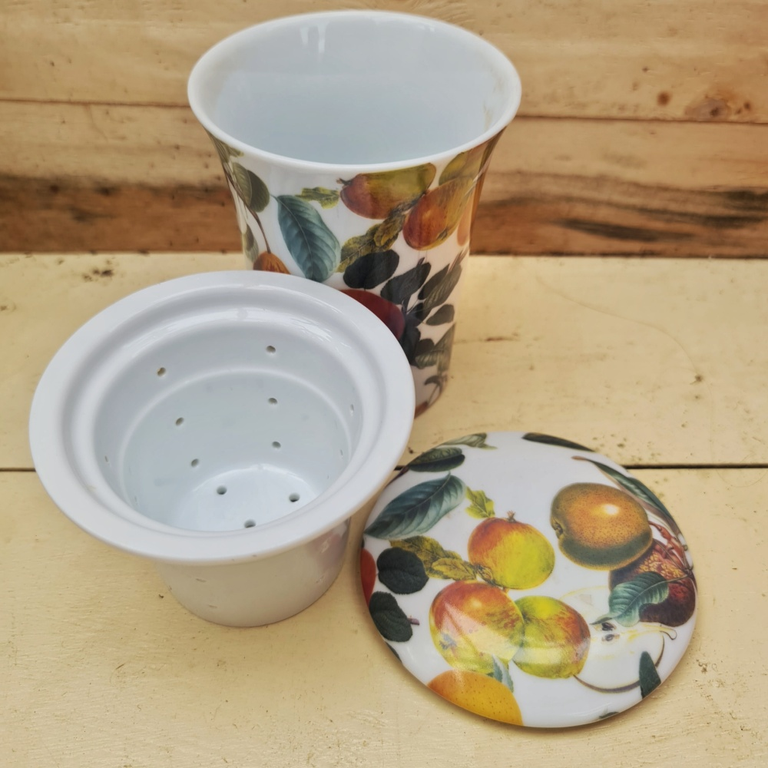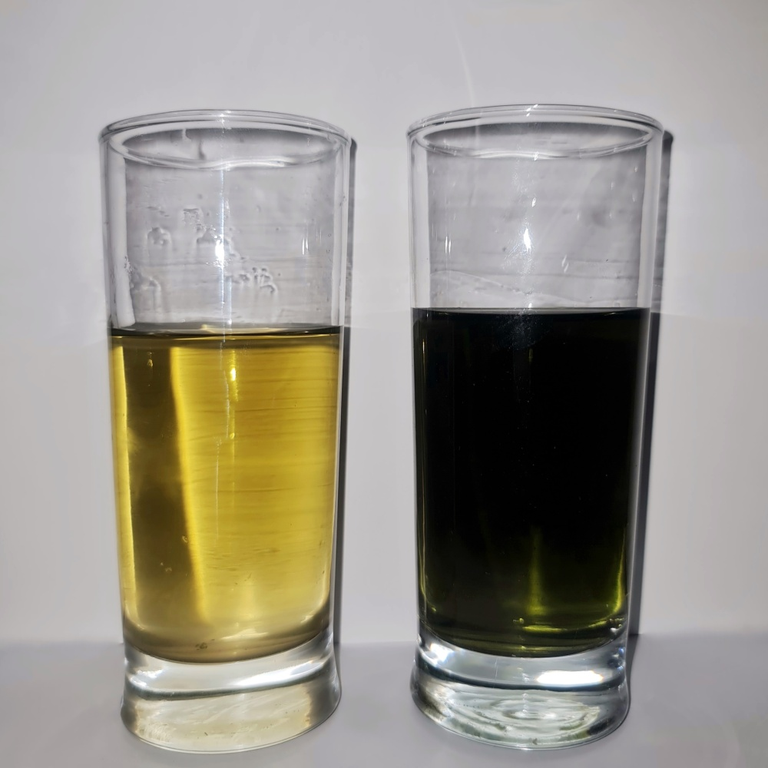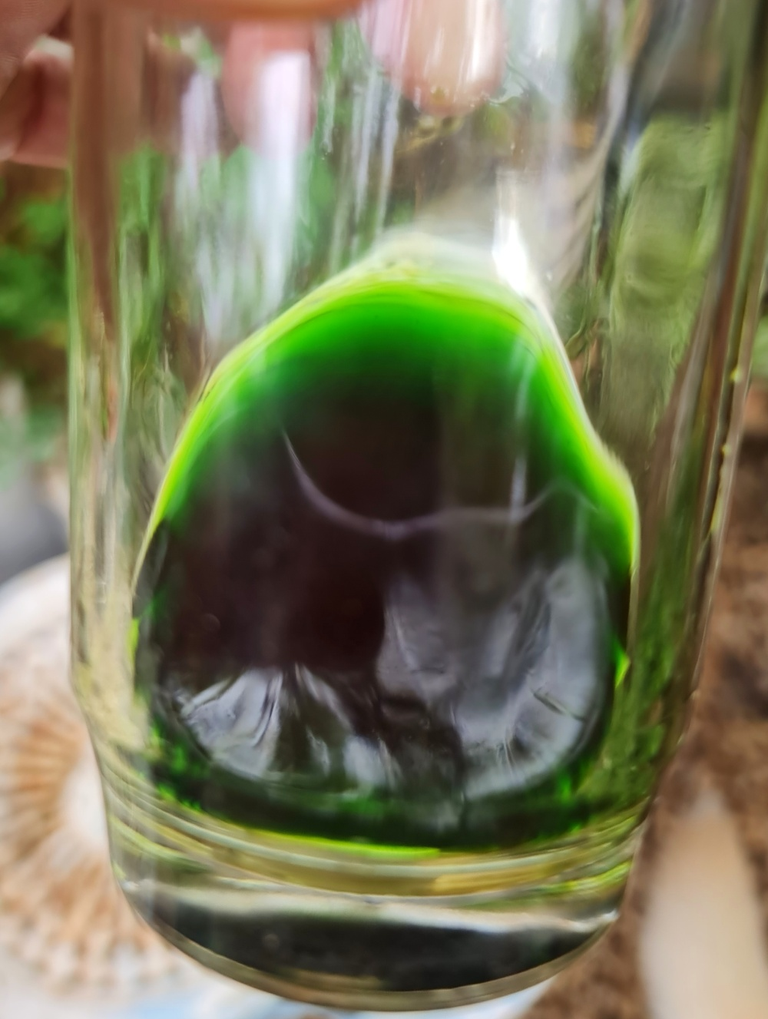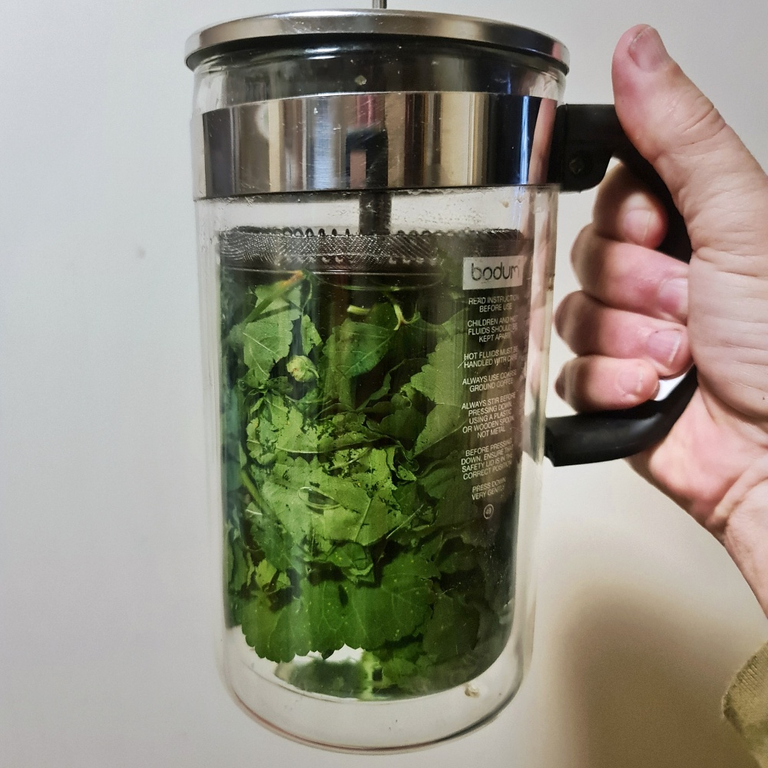The easiest herbalism - teas and infusions

There’s little better than taking some time out of your day for a cup of tea. For many, it’s a simple ritual that brings calmness and relaxation. But there can be so much more to it…
What is the difference between a tea and an infusion?
It’s really a difference in intention, quantity and time. While herbal teas are convenient, they often lack some of the herbal ‘punch’ that infusions have. Teas are quick and easy and contribute a little to your health bit it is not a lot when you compare an infusion, as you will see on the rest of this page.
Teas
To make a tea, you just need to put a little of your favourite herb into a cup or tea pot (I like 1 teaspoon per desired cup) Add hot water and let it all steep for 5 – 10 minutes. Strain and drink with a little honey maybe…
The trick to making good tea is three-fold. First, add your water before it fully comes to the boil. Boiling water removes some of the oxygen in it and can lead to a ‘flat’ brew. If you want to measure the temperature of the water, 80°C is perfect. Otherwise, take your kettle off of the heat just before it boils.
Second, don’t leave it brewing for too long. If you want a super strong tea, consider stepping up to an infusion.
Teas are great for something that has to be enjoyed hot. Peppermint, Chamomile, Rosemary and Lavender all work nicely with a bit of warmth behind them. In fact, any of the Mint Family (Lamiaceae), with their aromatic oils are often best drunk hot.

A third tip for making herbal teas is to brew them with the cup covered or the lid kept on the teapot. This stops those beautiful aromatic oils and water soluble minerals from escaping with the steam. I like to use those Chinese tea cups that have both a lid and a section to hold the herbs.
Coffee plungers are a great compromise for making teas but they excel with infusions.


Infusions are supercharged teas. They’re made with the intent of getting as much nutritional, medicinal properties from the herbs as possible.
For an infusion, the catch words are ‘more‘ and ‘longer‘.
To make an infusion, I like to add 60 grams of dried or fresh herb for each litre of water I use. That makes things nice and strong. I make mine in 1 litre coffee plunger, and have found 60 grams to be perfect, though you can get away with 30 of that’s all you have. Once you’ve made a few, you won’t bother with measuring, you’ll know what suits you best.
The ‘longer’ aspect really sets infusions apart from teas. I make my infusions in the evening and leave them to infuse overnight for drinking throughout the next day. The time aspect also makes infusing a great technique for woody herbs such as licorice root that take extra time to extract their goodness but have constituents that are easily water soluble. Usually, you’ll make a decoction to extract their goodness but an infusion can get you there without the fuss.
Infusions really extract the best out of a well chosen herb. Those with a high mineral content or special, nutritional compounds are great drunken this way.
Great herbs for infusions
- Nettles
- Oat Straw
- Red Clover
- Chamomile
- Mints – Mint, Basil, Rosemary, Sage, Lavender
- Licorice (many folks decoct this but it most of constituents are easily soluble in hot water)
Cold infusions
Some herbs have mucilage in them (soothing but a little slimy) that is more easily extractable in cold water. Mallow and Slippery Elm are in this category.
To make a cold infusion, follow the guidelines for any other infusion but use room temperature water instead of hot. Easy!

My daily herbal infusion
I have a nutrient rich daily infusion that also includes support for my adrenals and helps serotonin production. It also contains a lot of he iron that I need. The iron in tablets is not easily assimilated by our bodies, that’s why it usually gives folks diarrhoea or constipation with hard black, stools when they finally do come out.
Here’s my recipe
I’m a 1 litre French Press (a flashy name for a coffee plunger) I put the following –
- 1 tablespoon of dried Nettles
- 1 tablespoon of Red Clover
- 1 teaspoon of Damiana
- 1 small pinch of pink sea salt
- Several pieces of dried, licorice root broken as small as I can get them.
I top the press up with almost boiling water and leave the brew overnight, then consume it throughout the following day.






Another excellent tutorial!
Thank you! I try to keeping simple...
Hello my friend! 😊
Very informative in a non-preachy way; educational without making me feel less intelligent for not knowing some of the info within, which I really appreciate. I've just started getting into herbalism this year and have learned a lot about things we can put in our tea/coffee to help give us boosts, and this post just gave me a few more to look into. Thanks! 😊
God bless you and yours. Have an awesome day my friend! 😊
Thank you. I try my best not to be an 'expert' and tell folks what to do, I like to encourage.
You're most welcome. It really comes through in your post and it was nice to find your blog. It gave me a positive start to my day! 😊